Advertisement
Generative AI (GenAI) is rapidly transforming fields with tools that write, design, code, and even make decisions. Even as use cases continue to confirm significant value—ranging from content to customer service—many organizations are facing difficulties in implementation, including bias, hallucinations, complexity of integration, operational costs, and transparency issues. So, is GenAI the future we were hoping for? Or is it just a tool still not fully baked? In this article, let’s examine the benefits and pain points of GenAI in the real world.

GenAI has already demonstrated its ability to produce real value in multiple industries by generating written content, code, images, and even entire marketing campaigns. GenAI has been used to automate responses to customers, draft legal documents and accelerate results by significantly reducing manual workload. GenAI can utilise available data to generate a summary of a patient's healthcare record or build a customised report in finance. These use cases add value through increased productivity, reduced errors, and time savings. The value of GenAI lies in its ability to automate repetitive, low-value tasks, thereby allowing humans to focus on higher-level, strategic, and creative thought.
What you should remember:
Despite increased adoption, the launch of GenAI is anything but seamless. Company after company relates stories of GenAI models attempting to "hallucinate" facts, produce biased content, unpredictably behave in meaningful high-stakes situations, etc. Incorporating GenAI into a current workflow is not a simple off-the-shelf option either. Most systems will require significant customization, ongoing tuning, and complex overrides or monitoring of current workflow systems. The nature of developing and deploying GenAI presents existing resource-intensive and risk challenges that support caution. Therefore, many companies have chosen not to scale beyond a pilot due to issues with trust, cost, and compliance.
Key Agile Points:
Running powerful GenAI models, such as GPT and PaLM, reveals generally high compute costs. Although some models are open-source and relatively simple, new models require a level of computing power and infrastructure that includes advanced GPUs, high memory, and retraining to keep the model fresh and relevant. This level of cost has prevented many startups and mid-sized companies from scaling or deploying GenAI models to meet their customers' needs. As we elaborate below, developing guardrails, monitoring tools, and ethics, among other factors, to facilitate deployment and enhance their service offerings can also be expensive barriers. While cloud providers such as Google, AWS, and Azure offer APIs to enable faster access to resources than designing and managing your servers, using their API still carries risks, including being locked into their infrastructure and incurring additional costs.
Key takeaways:
Using GenAI means putting data into a model—and some of that data may be sensitive, proprietary, or confidential. Many companies are wary of letting internal documents, customer conversations, or strategic planning documents move through a black-box model. Even if the GenAI model does not truly retain the memory of what happens around the data, that data leak still creates a risk. Once there are no guarantees of data isolation or the strictest controls over input data, privacy laws (e.g., GDPR, HIPAA) will further erode trust in the model. This becomes especially acute with healthcare, finance, and government entities.
Key Takeaways:

GenAI models utilise massive datasets that contain imperfect human perspectives on the world. Therefore, GenAI often outputs stereotypes, misinformation, or interpretations from other cultures or exclusionary groups. GenAI may output material that is offensive or discriminatory - inadvertently. Some users also intentionally try to use GenAI to produce harmful or misleading content. Thus, organisations looking to utilise GenAI must consider this investment and the ethical drawbacks associated with its use, which often necessitate content moderation layers, human review loops, and responsible AI training —capabilities that many organisations lack.
Some Key Takeaways:
Generative AI is a promising technology, one that could reshape the way we work, create, and communicate. However, with every revolution comes some unintended consequences. GenAI use cases have demonstrated value—from automating tasks and editorial decision-making to enhancing workflows and outcomes. However, for every value narrative, there are enough pain points tied to bias, privacy, explainability, cost, and other factors to impede smooth adoption. Organizations seeking to leverage the full potential of GenAI must delve deeper into workflows, ethics, infrastructure, and training. GenAI and its impact should not be considered a future state or a trend. It is here now. Organizations that understand both the power and pitfalls will derive the most benefit.
Advertisement
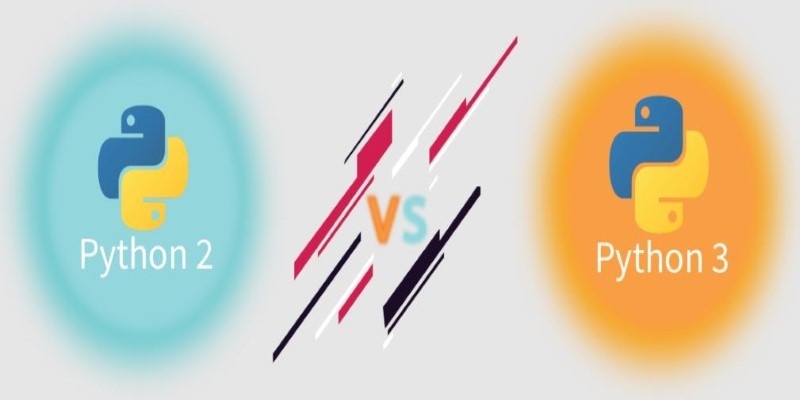
Curious about the evolution of Python? Learn what is the difference between Python 2 and Python 3, including syntax, performance, and long-term support
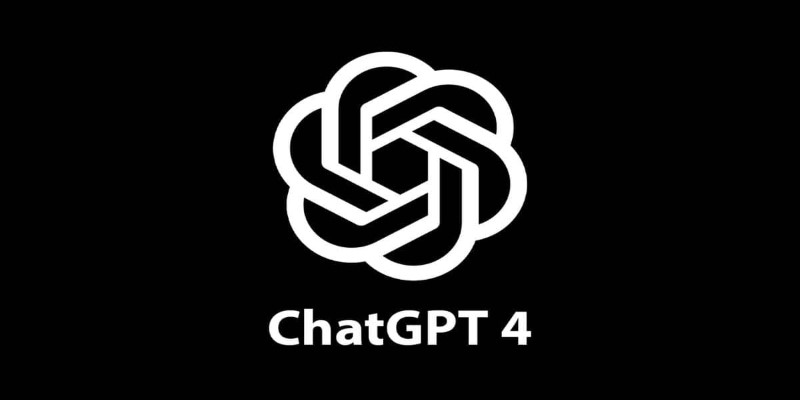
Want to use ChatGPT without a subscription? These eight easy options—like OpenAI’s free tier, Bing Chat, and Poe—let you access powerful AI tools without paying anything

XAI’s Grok-3 AI model spotlights key issues of openness and transparency in AI, emphasizing ethical and societal impacts
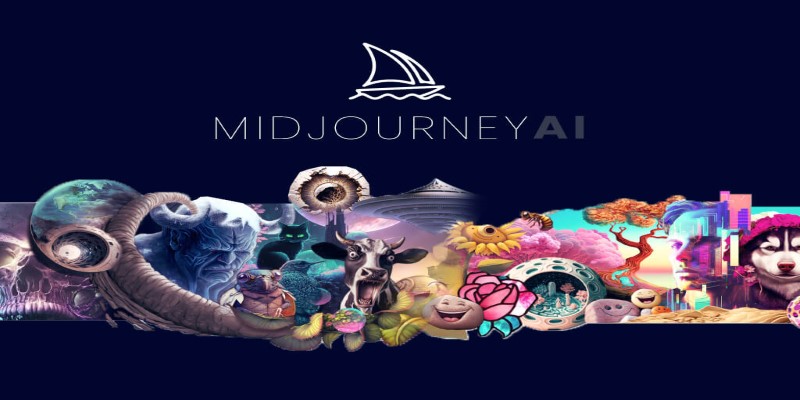
A step-by-step guide on how to use Midjourney AI for generating high-quality images through prompts on Discord. Covers setup, subscription, commands, and tips for better results

How Remote VAEs for decoding with inference endpoints are shaping scalable AI architecture. Learn how this setup improves modularity, consistency, and deployment in modern applications

Which data science startups are changing how industries use AI? These ten U.S.-based teams are solving hard problems with smart tools—and building real momentum

How AI in mobiles is transforming smartphone features, from performance and personalization to privacy and future innovations, all in one detailed guide

Explore the top 10 LLMs built in India that are shaping the future of AI in 2025. Discover how Indian large language models are bridging the language gap with homegrown solutions

How Python Tuple Methods and Operations work with real code examples. This guide explains tuple behavior, syntax, and use cases for clean, effective Python programming
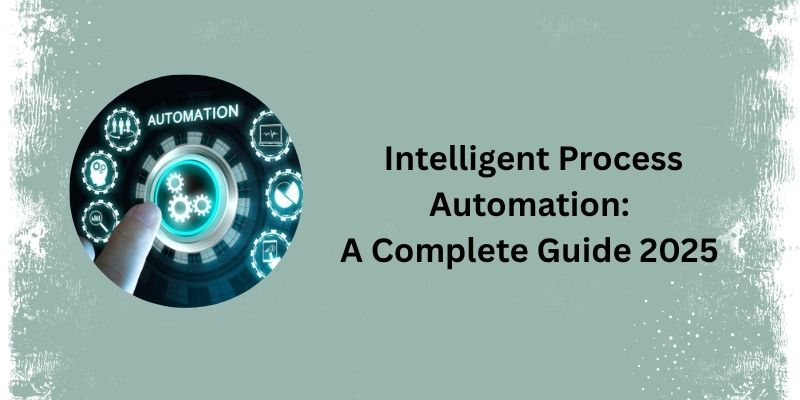
See how Intelligent Process Automation helps businesses automate tasks, reduce errors, and enhance customer service.
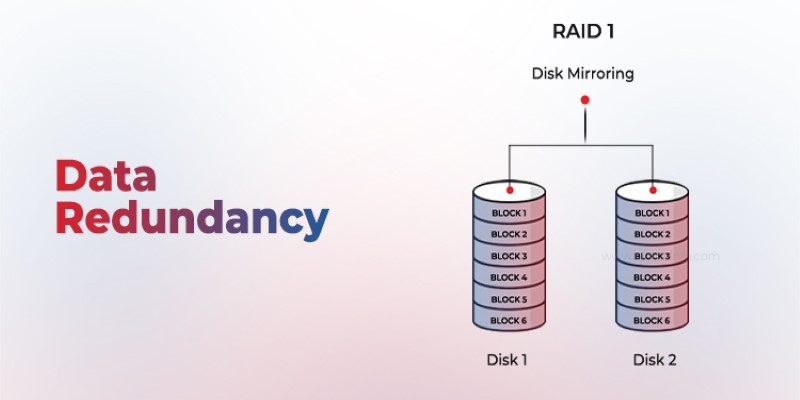
Is your system storing the same data more than once? Data redundancy can protect or complicate depending on how it's handled—learn when it helps and when it hurts

Discover 10 job types AI might replace by 2025. Explore risks, trends, and how to adapt in this complete workforce guide.